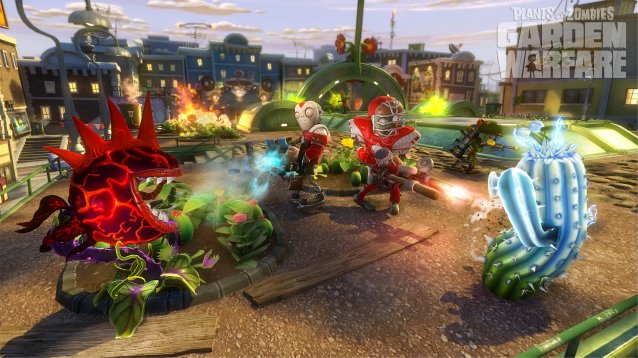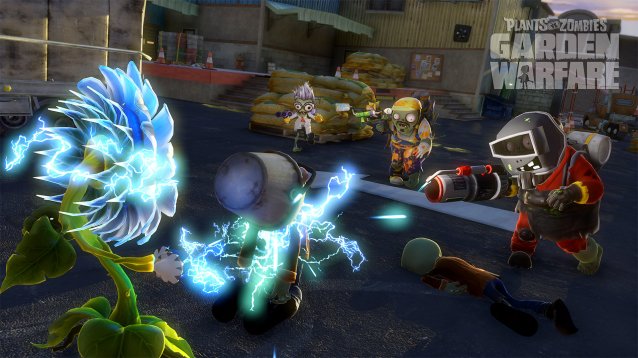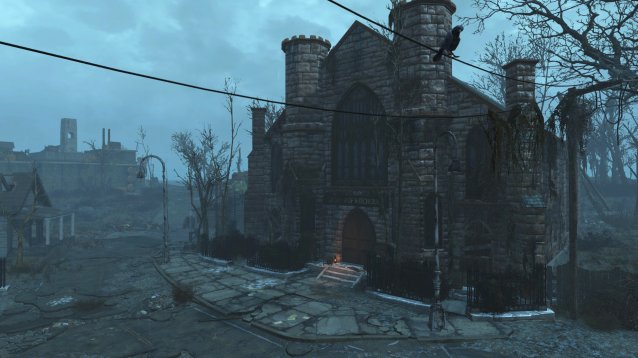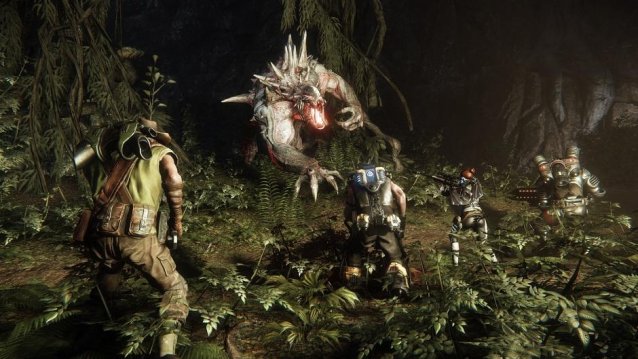


The original Plants vs. Zombies was enormously successful due to its unique take on tower defense gameplay. Combined with its bright, cute graphics, the game stole the hearts of players everywhere both hardcore and casual. The game has since spawned into a franchise, seeing a fantastic (if heavily monetized) sequel for iOS devices and Plants vs. Zombies: Garden Warfare for the PC, Xbox 360, Xbox One, PlayStation 3, and PlayStation 4.
I’ve had the opportunity to spend dozens of hours in the PlayStation 4 version of the game, which differs slightly from the original Xbox One release thanks to the improvements made possible by the superior power of the PS4. The game boasts a native 1080p resolution and runs at 60 frames per second, offering a massive boost in resolution over the Xbox One version of the game, which clocked in at a measly 900p.
Beyond that, the game is much the same as its previously released version. There are little to no gameplay changes. Which isn’t a bad thing, given the sparkle and polish of the original title. I have no complaints about how the game plays.

For those unfamiliar with Plants vs Zombies: Garden Warfare on the Xbox One, one of the most significant changes in gameplay is that it gives the player direct control over a sentient, mobile plant in three-dimensional space that they have to defend from incoming waves of zombies, placing defenses (which are acquired from the purchase of in-game cards, but I’ll get to this later) throughout the map to impede the progress of the zombies hellbent on ruining the garden.
As Christopher Scott noted in his original review of the Xbox One version of the game, “the change of perspective offers a more personal, frenzied and enjoyable experience for someone as jaded on the traditional tower defense model as I am.” I echo his statements here.
There are four classes to choose from for either the plants or the zombies, the latter of which you can play as in the competitive multiplayer modes, with each class complimenting the others. For the most part, I played the pea shooter, whose mechanics were reminiscent of FPS games. I teamed up with a sunflower for healing, and a chomper that can burrow underground and swallow the zombies above.

Battles in the game were often hilarious and fun, as players try to outwit and outmatch each other in its 24-player competitive modes, which include Welcome Mat, Team Vanquish, and Gardens and Graveyards, the last of which is a Battlefield-inspired mode of defense and conquest with a progression of capture points. I spent most of my time in this mode, playing with and against other players.
I found myself spending a lot of in-game coins, which are easily earned through regular gameplay, on reinforcement packs that provided me with a number of static emplacements that I could use during both 4-player co-op missions and competitive multiplayer bouts. Occasionally, I would save up my coins to purchase deluxe packs that include new characters to play with and gear for my plants and zombies to equip to make them stand out and look cool among the rest of the players. This vanity aspect makes Plants vs. Zombies: Garden Warfare a lot like Valve’s Team Fortress 2.
In all, I really enjoyed my experience with Plants vs. Zombies: Garden Warfare, and plan to spend even more time with it.
9 out of 10
A copy of the game was provided by the publisher for the purpose of this review. Plants vs. Zombies: Garden Warfare retails for $39.99. It is developed and published by Electronic Arts.




 KaBoomz Walkthrough
KaBoomz Walkthrough Fallout 4 Guide: How To Find A Deathclaw Gauntlet
Fallout 4 Guide: How To Find A Deathclaw Gauntlet Madden NFL 2011 Walkthrough & Guide - iPhone
Madden NFL 2011 Walkthrough & Guide - iPhone Evolve: Four Things Turtle Rock Could Do To Improve The Game
Evolve: Four Things Turtle Rock Could Do To Improve The Game Monster Hunter 4 Ultimate (3DS) - MH4U tips, strategy guide
Monster Hunter 4 Ultimate (3DS) - MH4U tips, strategy guide